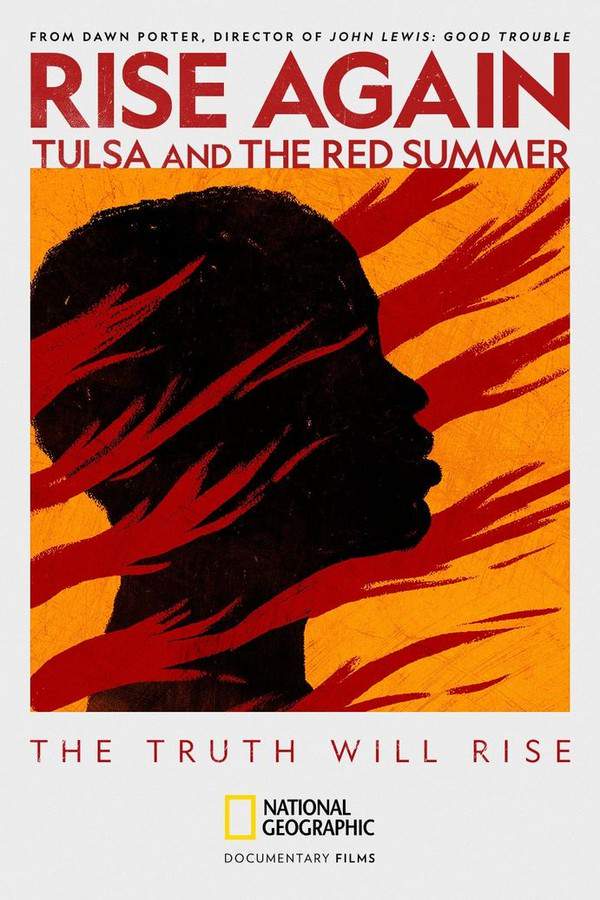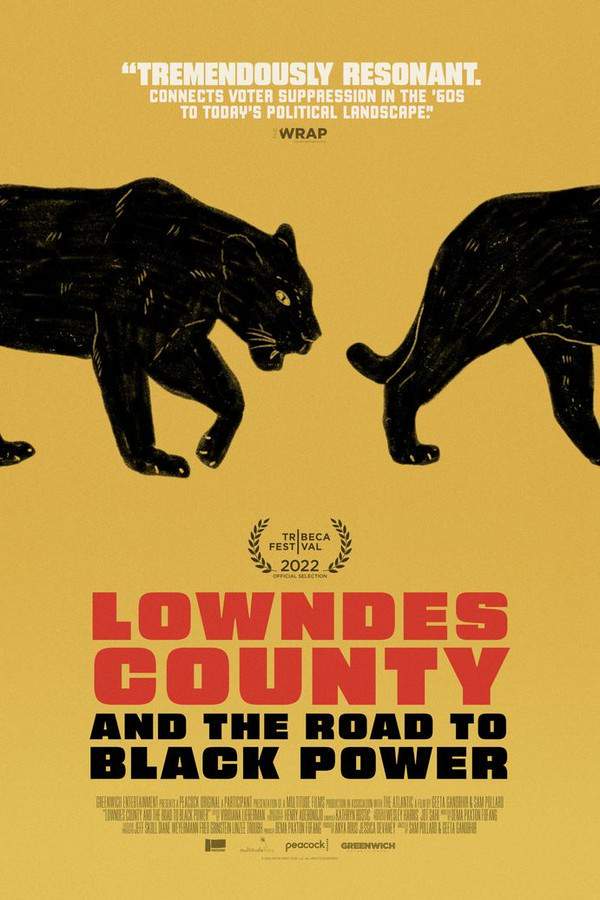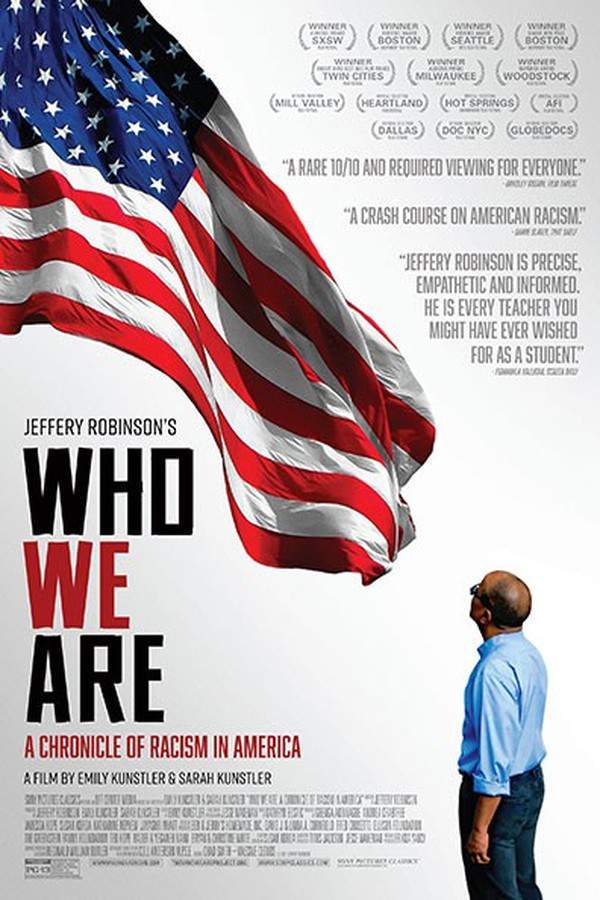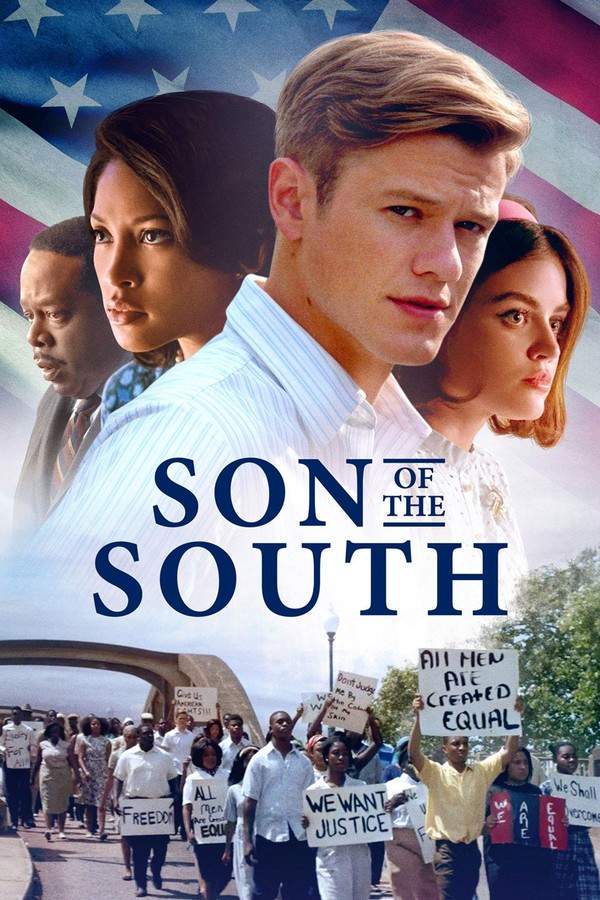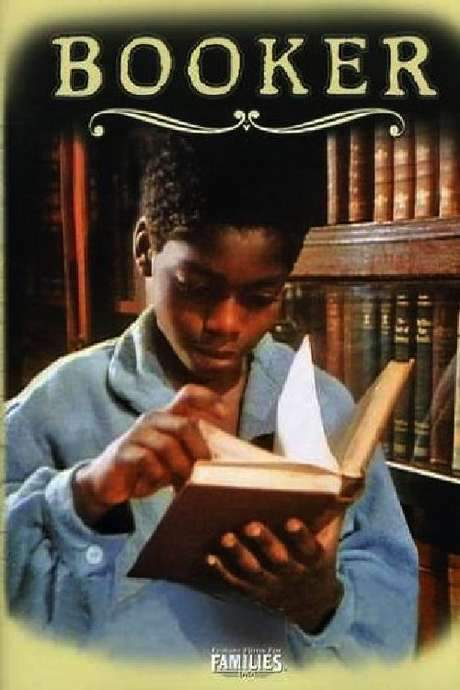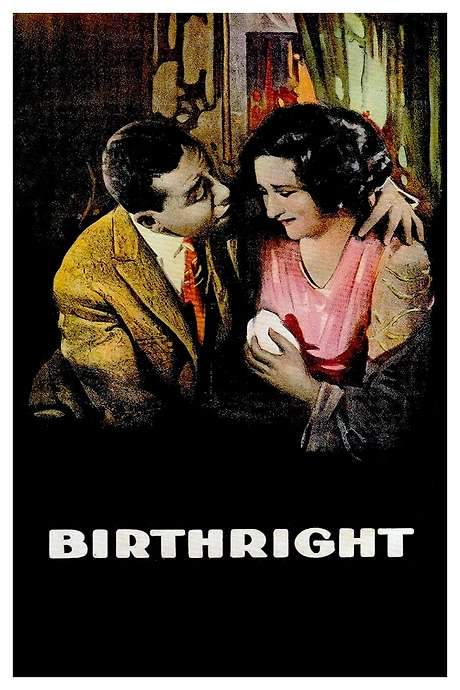
Rosenwald
Year: 2015
Runtime: 100 min
Language: English
Director: Aviva Kempner
During a time of racial segregation, Julius Rosenwald's rise from immigrant son to successful businessman allowed him to collaborate with Booker T. Washington. Together, they embarked on a pioneering effort to provide education for African American youth, establishing schools across the South. A visionary philanthropist, Rosenwald also championed artists and left a lasting impact through initiatives like YMCAs and housing projects, fostering equality and empowering generations.
Warning: spoilers below!
Haven’t seen Rosenwald yet? This summary contains major spoilers. Bookmark the page, watch the movie, and come back for the full breakdown. If you're ready, scroll on and relive the story!
Rosenwald (2015) – Full Plot Summary & Ending Explained
Read the complete plot breakdown of Rosenwald (2015), including all key story events, major twists, and the ending explained in detail. Discover what really happened—and what it all means.
Julius Rosenwald’s extraordinary path from a modest role in his father’s clothing business to the chairmanship of Sears, Roebuck & Company is the backbone of this thoughtful documentary, and the film uses that ascent to frame a larger story about philanthropy, race, and lasting community impact. The narrative unfolds with a clear, steady arc: a powerful businessman becomes a dedicated benefactor whose actions reshape education and opportunity for African Americans in the rural South.
The documentary weaves in candid perspectives from a small group of voices close to Rosenwald’s world. It includes conversations with his grandson and biographer, as well as civil rights leaders, scholars, journalists, and filmmakers. Through their insights, the film paints Rosenwald as a complex figure who balanced commercial genius with a deep, personal commitment to social change. Their reflections help illuminate not only what he did, but why his choices mattered in the broader arc of American history.
At the start, the film explains Rosenwald’s rise to one of the world’s most influential retailers, a transformation born of shrewd business sense and strategic leadership. Yet the story soon pivots to a foundational moral conviction: the distress he saw around the world—pogroms in other lands—made him question the moral cost of American segregation and inequality. This moment of empathy becomes the catalyst for a lifelong project: to use wealth to uplift Black communities and to create real, tangible opportunities where they were most needed.
A central thread follows Rosenwald’s friendship with Booker T. Washington and his early philanthropic giving to the Tuskegee Institute. The film details a practical, almost architectural approach to reform: supporting a model project in which Tuskegee’s architects designed simple schoolhouses, with the school staff overseeing their operation. This blend of design, hands-on oversight, and community involvement sets the stage for a larger, scalable campaign that would later be formalized through a dedicated foundation.
After Washington’s death in 1915, Rosenwald establishes the Rosenwald Foundation in 1917, expanding the scope of the work with a structured, grant-based strategy. The foundation’s hallmark is its matching construction funds model, a collaboration that required white school boards to approve plans and commit funds for ongoing operation. The film makes it clear that the process was not just about money; it was a community endeavor. Local communities rallied through fundraising and sweat equity, with some contributing land for school sites. This participatory approach helped secure local buy-in and created a sense of shared responsibility for the schools’ future.
By the time of Rosenwald’s death in 1932, the impact of this approach was monumental. The documentary notes that some 5,357 Rosenwald schools had been built, a staggering number that represented roughly one-third of all elementary schools available to African American children in the era before Brown v. Board of Education shattered the legal basis for segregated schooling in 1954. The film emphasizes how these schools were more than buildings; they were living gateways to education, mobility, and community resilience in the face of segregation.
The film also broadens its lens to other Rosenwald-supported ventures that reshaped urban and cultural life. It highlights the creation of 25 YMCA-YWCA facilities for African Americans, the founding of the Museum of Science and Industry, and the construction of the Michigan Boulevard Garden Apartments, a housing project that hosted many who moved to Chicago during the Great Migration. The narrative also acknowledges Rosenwald’s role in supporting the training of the Tuskegee Airmen, linking his philanthropy to both education and national service.
In its closing chapters, the documentary traces the enduring influence of the Rosenwald Fund beyond bricks and mortar. It chronicles how the fund awarded grants to a generation of Black artists and writers who helped shape mid-twentieth-century culture and thought. The story underscored here is one of a private donor whose impact extended into schools, housing, civil rights, and the arts, illustrating a multidimensional approach to social change that continued to echo long after his lifetime.
Throughout, the film relies on archival materials, interviews, and historical context to present a balanced portrait of a man whose wealth enabled a remarkable shift in opportunities for Black Americans. It remains a careful, nuanced examination of how strategic philanthropy—grounded in community involvement and sustained by partnerships—can alter the trajectory of schools, neighborhoods, cultural life, and, ultimately, a nation’s ongoing struggle for equality.
Last Updated: October 09, 2025 at 16:15
Unlock the Full Story of Rosenwald
Don't stop at just watching — explore Rosenwald in full detail. From the complete plot summary and scene-by-scene timeline to character breakdowns, thematic analysis, and a deep dive into the ending — every page helps you truly understand what Rosenwald is all about. Plus, discover what's next after the movie.
Rosenwald Timeline
Track the full timeline of Rosenwald with every major event arranged chronologically. Perfect for decoding non-linear storytelling, flashbacks, or parallel narratives with a clear scene-by-scene breakdown.

Characters, Settings & Themes in Rosenwald
Discover the characters, locations, and core themes that shape Rosenwald. Get insights into symbolic elements, setting significance, and deeper narrative meaning — ideal for thematic analysis and movie breakdowns.

Similar Movies to Rosenwald
Discover movies like Rosenwald that share similar genres, themes, and storytelling elements. Whether you’re drawn to the atmosphere, character arcs, or plot structure, these curated recommendations will help you explore more films you’ll love.
Explore More About Movie Rosenwald
Rosenwald (2015) Scene-by-Scene Movie Timeline
Rosenwald (2015) Movie Characters, Themes & Settings
Rosenwald (2015) Spoiler-Free Summary & Key Flow
Movies Like Rosenwald – Similar Titles You’ll Enjoy
Selma (2014) Full Movie Breakdown
Rise Again: Tulsa and the Red Summer (2021) Story Summary & Characters
Lowndes County and the Road to Black Power (2022) Spoiler-Packed Plot Recap
With All Deliberate Speed (2004) Full Movie Breakdown
Who We Are: A Chronicle of Racism in America (2022) Plot Summary & Ending Explained
Rosewood (1997) Movie Recap & Themes
Son of the South (2021) Story Summary & Characters
King of Kings: Chasing Edward Jones (2024) Plot Summary & Ending Explained
Eyes on the Prize (1000) Full Movie Breakdown
Booker (1984) Plot Summary & Ending Explained
The Rebellious Life of Mrs. Rosa Parks (2022) Full Movie Breakdown
The Loyola Project (2022) Ending Explained & Film Insights
Birthright (1938) Detailed Story Recap
Rhodes of Africa (1936) Full Summary & Key Details
Roots (1000) Story Summary & Characters




